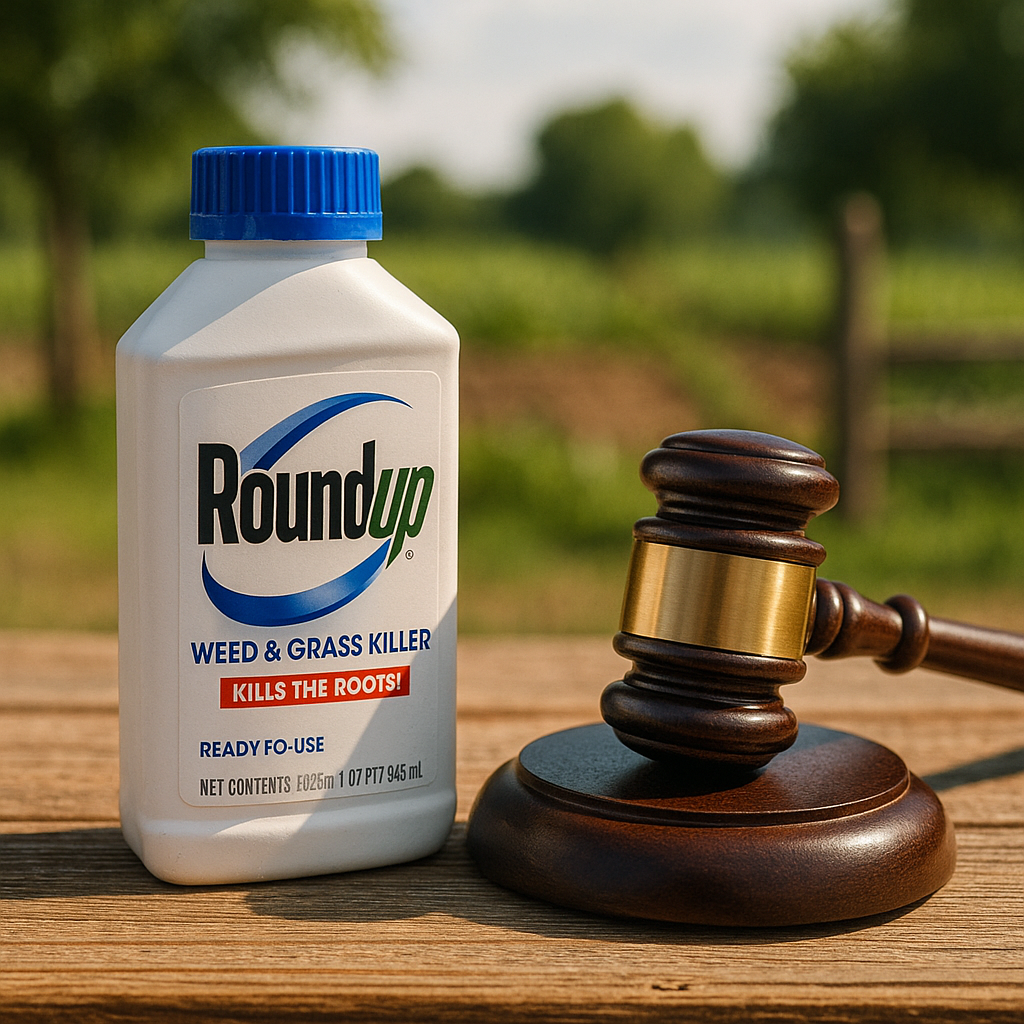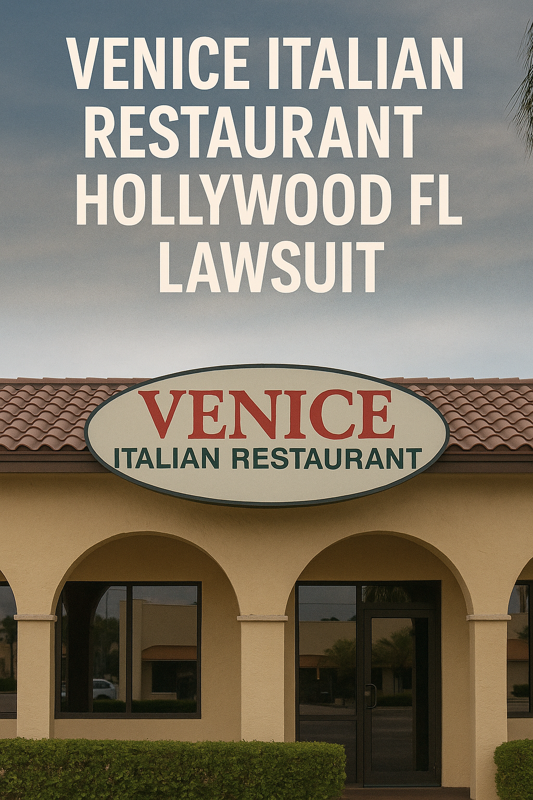The Monsanto lawsuit began with a humble but potent question. Was Roundup exposure causing cancer?
Thousands of individuals thought so. Many of them had spent years working with Roundup—on farms, schoolyards, city parks, or home gardens. Some developed non-Hodgkin lymphoma later. That diagnosis turned their world upside down. Those individuals decided to take action against Monsanto. They sued and asked questions.
The lawsuits exposed more than individual narratives. Internal company emails documented how Monsanto might have concealed the most significant health hazards. Plaintiffs claimed that Monsanto put profit ahead of safety. Bayer acquired Monsanto in 2018. It then acquired the lawsuits—and the international spotlight that accompanied them. As the court cases transpired, massive jury awards were the result. Monsanto’s practices, product safety, and scientific integrity came under intense scrutiny. If you’ve ever applied Roundup or dined on produce that was cultivated with it, this news impacts you. It’s not about courts alone. It’s about trust, health, and truth.
What Caused the Monsanto Lawsuit?
Understanding what triggered the legal battle helps explain why it spread so fast.
Why Did People Begin Filing Lawsuits?
Lawsuits began taking off after a 2015 World Health Organization announcement. Its International Agency for Research on Cancer (IARC) classified glyphosate, the main ingredient in Roundup, as “probably carcinogenic to humans.”
That designation sent shockwaves through agricultural, landscaping, and public health communities. Many folks had sprayed Roundup for years without ever wearing protective equipment. Some of them already had cancer diagnoses. The IARC’s announcement provided them with a potential explanation. They started asking questions. They then began to sue. Their central argument was straightforward: Monsanto never informed them.
What Is Glyphosate and Why Is It Controversial?
Glyphosate kills weeds by inhibiting enzymes that plants require for growth. Monsanto brought it to market in the 1970s. Farmers were quick to adopt it. When Monsanto engineered crops resistant to glyphosate, Roundup use was in an explosion.
But controversy trailed. While Monsanto asserted glyphosate was safe, other independent scientists did not agree. Research started emerging that linked glyphosate to long-term health impacts. Some spoke of cancer threats. Others indicated environmental harm.
Those who used the product felt deceived. They had trusted that Roundup was innocuous. When health issues cropped up, they began examining more intensely the science—and the corporation behind it.
Who Sued Monsanto and Why?
To understand the case, you need to know who the plaintiffs were and what they experienced.
What Kinds of People Sued Monsanto?
The individuals who sued Monsanto were not scientists or attorneys. They were everyday people performing daily tasks that exposed them to constant use of Roundup. Most used the product without masks or gloves. They had no idea they needed to be concerned.
- Farmers spraying fields for weeds
- Groundskeepers taking care of parks and schoolyards
- Landscapers working on lawns and public areas
- Gardeners using Roundup around their homes
The majority were subsequently diagnosed with non-Hodgkin’s lymphoma. The majority had no personal family history of the disease. They attributed their illness to years of exposure. That connection was used as the foundation for their lawsuits.
Were the Lawsuits Class or Individual Actions?
Individuals filed many lawsuits, but the courts consolidated them into a collective process known as multidistrict litigation (MDL). This enabled judges to handle similar cases in an effective manner. Plaintiffs exchanged evidence and expert witnesses. It also facilitated courts to deal with thousands of cases without duplicating each trial.
Some consumers brought class action lawsuits. Those were not cancer cases but claimed the company misled consumers by advertising Roundup as safe. Those cases involved individuals who felt they had been misled, although they were not ill.
What Were the Claims in the Monsanto Lawsuit?
The core allegations focused on failure to warn and misleading safety claims.
What Did the Plaintiffs Claim?
The lawsuits shared common arguments:
- Monsanto knew glyphosate posed health risks
- The company failed to warn consumers
- It funded and ghostwrote studies to defend the product
- It worked closely with regulators to shape public opinion
Plaintiffs argued that had they known the risks, they would have used other products—or taken precautions. Internal Monsanto documents supported these claims. They became a key turning point in the court proceedings.
What Are the Monsanto Papers?
The “Monsanto Papers” are a term that has been used to describe thousands of internal emails, memos, and draft reports that were released through lawsuits. These revelations created an alarming picture of company conduct. A few revealed attempts to manipulate regulatory bodies. A few even depicted Monsanto employees minimizing or dismissing safety concerns within the company. They provided juries with a glimpse into how Monsanto treated science and safety. They fortified the case of the plaintiffs and posed questions well beyond the courtroom.
Which Verdicts Changed the Case?
Early court decisions set the tone for future litigation.
What Were the Landmark Cases?
Three verdicts stood out:
- Dewayne Johnson (2018): A school groundskeeper with terminal cancer. He won $289 million. The court later reduced it to $78 million.
- Edwin Hardeman (2019): A longtime Roundup user. He won $80 million. This was the first federal bellwether case.
- Alva and Alberta Pilliod (2019): A married couple who used Roundup for years. Both developed cancer. They were awarded $2 billion, later reduced to $87 million.
These cases shared one theme. Juries found Roundup responsible for the plaintiffs’ illnesses. They also believed Monsanto acted with disregard for public safety.
How Did Bayer Respond After Buying Monsanto?
Bayer acquired Monsanto in 2018, just before the first major verdict. Within months, Bayer’s stock fell sharply. Investors blamed the company for underestimating legal risks. Bayer stood by glyphosate’s safety. But it also started preparing settlements to limit financial exposure. Public pressure mounted. More lawsuits followed. The company’s reputation took a hit.
What Settlements Were Reached?
Settlements helped reduce court backlogs but didn’t end the legal fight.
What Was the $10.9 Billion Settlement?
In 2020, Bayer agreed to pay $10.9 billion to settle roughly 125,000 Roundup lawsuits. This was one of the largest mass tort settlements in U.S. history.
The settlement included money for:
- Plaintiffs who had already filed cases
- Claims that had not yet reached court
- A separate fund for potential future claims
However, a federal judge rejected Bayer’s plan to manage future claims through an independent panel. Critics argued that it could deny victims their right to sue later.
Are New Lawsuits Still Being Filed?
Yes. Even after the settlement, thousands of lawsuits remain. People continue to come forward with new claims. As of 2024, Bayer faces ongoing trials in several U.S. states. Some juries sided with Bayer. Others sided with plaintiffs. Verdicts continue to vary depending on the case, the court, and the evidence presented.
What Do Scientific Studies Say?
Science remains a key part of the Monsanto lawsuit.
Is Glyphosate Linked to Cancer?
There is no universal agreement. Some research shows a link between glyphosate and cancer. Other studies do not.
- The IARC classified glyphosate as “probably carcinogenic”
- The EPA concluded it is “not likely to be carcinogenic”
- The European Union reauthorized glyphosate until 2033
Plaintiffs argued that any potential risk should have triggered warnings. Bayer maintained that regulatory agencies approved the product repeatedly.
Which Studies Were Used in Court?
Both sides presented experts and studies. Plaintiffs focused on animal studies, agricultural health data, and patterns of illness. Bayer cited long-term safety reviews and government reports. Judges had to decide which studies were reliable. Juries had to decide whom to believe. Those decisions shaped the outcome of each case.
What Do Regulators Say?
Regulatory decisions carry weight in courtrooms and public opinion.
What Did U.S. Regulators Decide?
The Environmental Protection Agency (EPA) reviewed glyphosate multiple times. In 2020, it stated that glyphosate does not pose a meaningful cancer risk when used properly. Critics argued the EPA relied too much on industry studies. Environmental groups filed lawsuits challenging the EPA’s decision. Courts ordered further review.
What Is the EU’s Position?
The European Commission approved glyphosate for another 10 years in 2023. But several EU countries disagree. France, Germany, and others imposed partial bans. Public protests also continue. This divide reflects how controversial the issue remains, even among experts.
What Did the Public Think?
Public opinion shifted quickly once internal documents were made public.
How Did People React?
Many consumers stopped buying Roundup. Retailers like Costco and Home Depot pulled it from stores. Organic herbicides gained market share. Advocacy groups demanded stricter chemical regulations. Farmers worried about losing access to a powerful weed control tool. The debate reached kitchens, courts, and classrooms.
What Did Bayer Do to Rebuild Trust?
Bayer launched outreach campaigns. It shared studies online and emphasized regulatory approvals. It also began researching non-chemical alternatives. Despite these efforts, many people still distrust the brand. The lawsuits and documents created long-term reputational damage.
Frequently Asked Questions
What is the Monsanto lawsuit about?
It involves cancer claims linked to Roundup and allegations that Monsanto hid the risks.
Who filed the lawsuits?
Farmers, landscapers, and others who used Roundup and developed non-Hodgkin’s lymphoma.
What is glyphosate?
Glyphosate is a chemical used in herbicides. It is Roundup’s main ingredient.
Is Roundup banned in the U.S.?
No. It is still sold, although some stores and cities have restricted it.
Did Bayer admit fault?
No. Bayer denies liability but has paid billions in settlements.
Conclusion
The Monsanto lawsuit raised urgent questions about safety, responsibility, and transparency. It exposed how much people rely on companies to tell the truth. It also showed what happens when trust breaks down. Courts heard powerful stories. Juries saw internal emails. Scientific debates unfolded in public. The case became bigger than one product. It became a test of accountability. If you’ve ever used a chemical product, you’ve placed trust in the label. That trust must be earned and protected. The Monsanto lawsuit reminded everyone of that responsibility.




